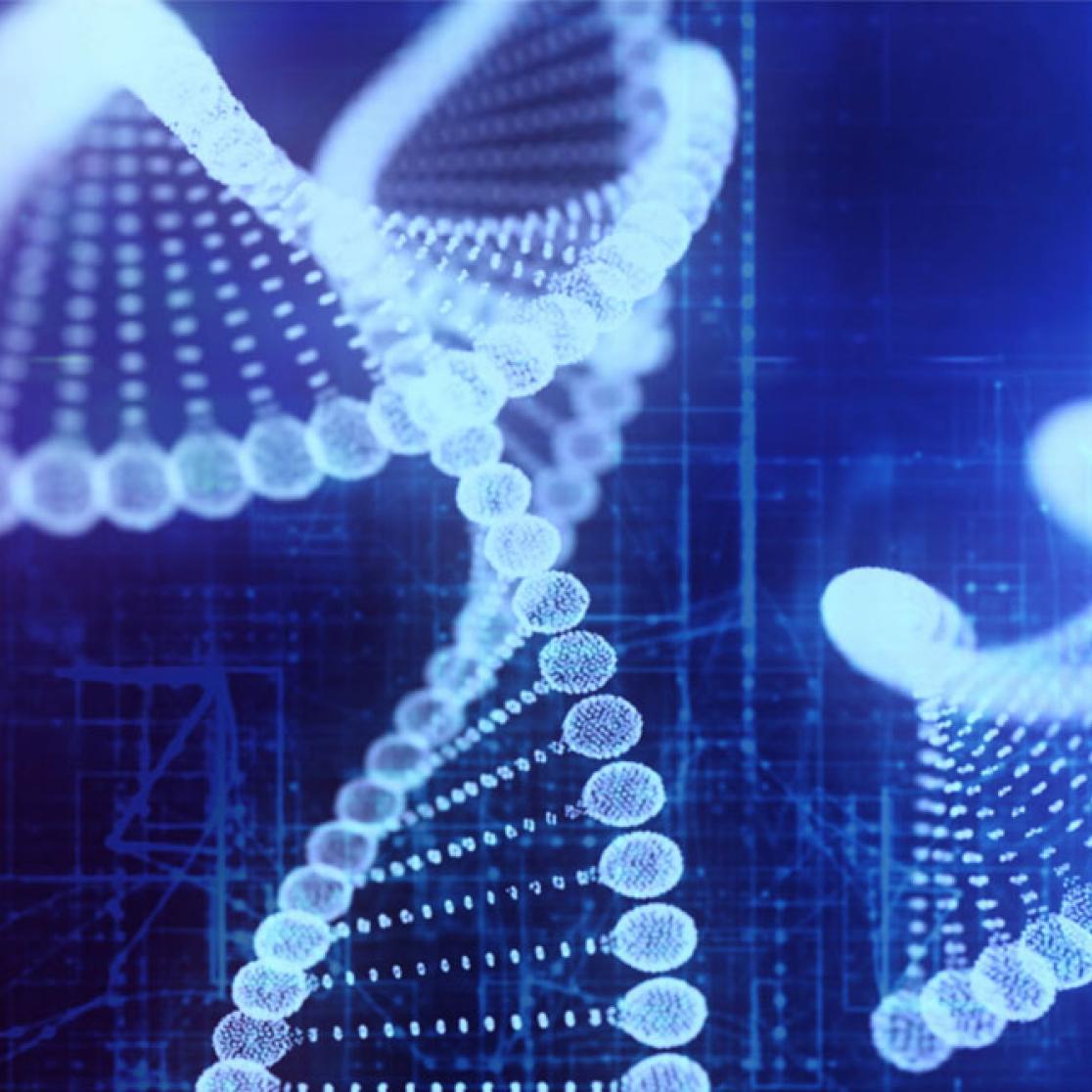Maastricht Systems Biology Forum
On Tuesday the 15th of November there will be a meeting organized by the Maastricht Systems Biology Forum. This meeting, organized by the Maastricht Systems Biology Forum, is aimed at researchers from all departments with an interest in systems biology, with several talks on a shared topic and networking opportunities over drinks. The Maastricht Centre for Systems Biology (MaCSBio) is one of the intiators of this meeting.
The sixth meeting of the (now more efficiently titled) Maastricht Systems Biology Forum will take place on Tuesday 15th November, 2016. This working group brings together researchers in the Maastricht area who are interested in the development and application of “systems biology”. The main aim is to share research, experience and, through this exchange, inspire and initiate new research directions and collaborations. The meeting takes place roughly every three months in the Brains Unlimited building.
This edition of the Foum turns its attention to the challenging issue of understanding the consequences of biological variability, and how computer simulations can help. Biology in general is characterized by a pronounced intrinsic variability. This variability can have important clinical consequences, for example influencing the response to drugs, explaining heterogeneous phenotypic effects of genetic variants, etc. By contrast, the majority of computational models employed to date have been designed to reflect an average, ‘representative’ cell/individual and have been investigated under steady-state conditions, ignoring temporal and inter-subject variability. We will use cardiac cellular electrophysiology as an illustrative case.
Programme
16:30 - "Variability in cardiac electrophysiology"
Jordi Heijman (CARDIO) and John Walmsley (BME)
Recent work has introduced a framework to incorporate biological variability in computational models of the cardiac action potential and has shown how these models can, for example, enhance our understanding of arrhythmogenic risk. We will introduce these methodologies for simulating variability using populations of models, highlight their advantages and limitations and discuss key examples of the insights obtained with these model populations.
17:10 - “Variability in the fast sodium channel”
Michael Clerx (CARDIO & DKE)
The fast sodium current INa plays a critical part in the formation of the cardiac action potential and its subsequent cell-to-cell propagation. Using a combination of experiments and a literature review, we recently characterized variability in the kinetical parameters of INa. Crucially, variability in the different parameters was not independent. I will present our data and use numerical simulations to show the effects of this variability on the cellular action potential.
17:40 - “Mathematical methods for assessing variability in many parameters”
Wouter Huberts (BME)
Mathematical models based on physical laws and physiology are extensively used to obtain mechanistic insights into complex systems. More recently, models have begun to be used for patient-specific diagnosis and intervention planning. For this purpose, model input parameters and boundary conditions need to be personalized by using data from patient measurements. All measurements are hampered by measurement uncertainties and intrinsic variability, which will propagate to the model output (i.e. output uncertainties). Proper assessment of this output uncertainty is indispensable when making inferences based on model predictions. I will present an efficient approach for quantifying model output uncertainties that can be used to assess which model parameters are most rewarding to measure accurately.
18:30-19:30 Networking over drinks/snacks
The working group also encourages researchers to make an "Ideas/challenges pitch". A pitch is a short (approx. 5 min) presentation showcasing an interesting idea, tool, or challenge that invites others to collaborate. Pitches can include both computational approaches and physiological / clinical questions where a systems biology approach could be helpful. If you would like to give a pitch at a subsequent meeting, please contact John Walmsley.
Also read
-
Faculty of Science and Engineering | Live Q&A | Masters
Curious about starting your master’s studies at Maastricht University? Join our Instagram Live Q&A and meet students from the Faculty of Science and Engineering's master’s programmes.
25 Nov -
PhD defence María Belén Beltramo Gómez
"Food Labelling Policies For Fresh Produce Promotion: Integrating Scientific Evidence, Regulation, And Consumer Preferences"
8 Dec -
PhD defence Felicitas Barbara Maria Pellengahr
"With the End in Mind: Advancing Comprehensive Environmental Life Cycle Assessments of Plastics"
12 Dec
